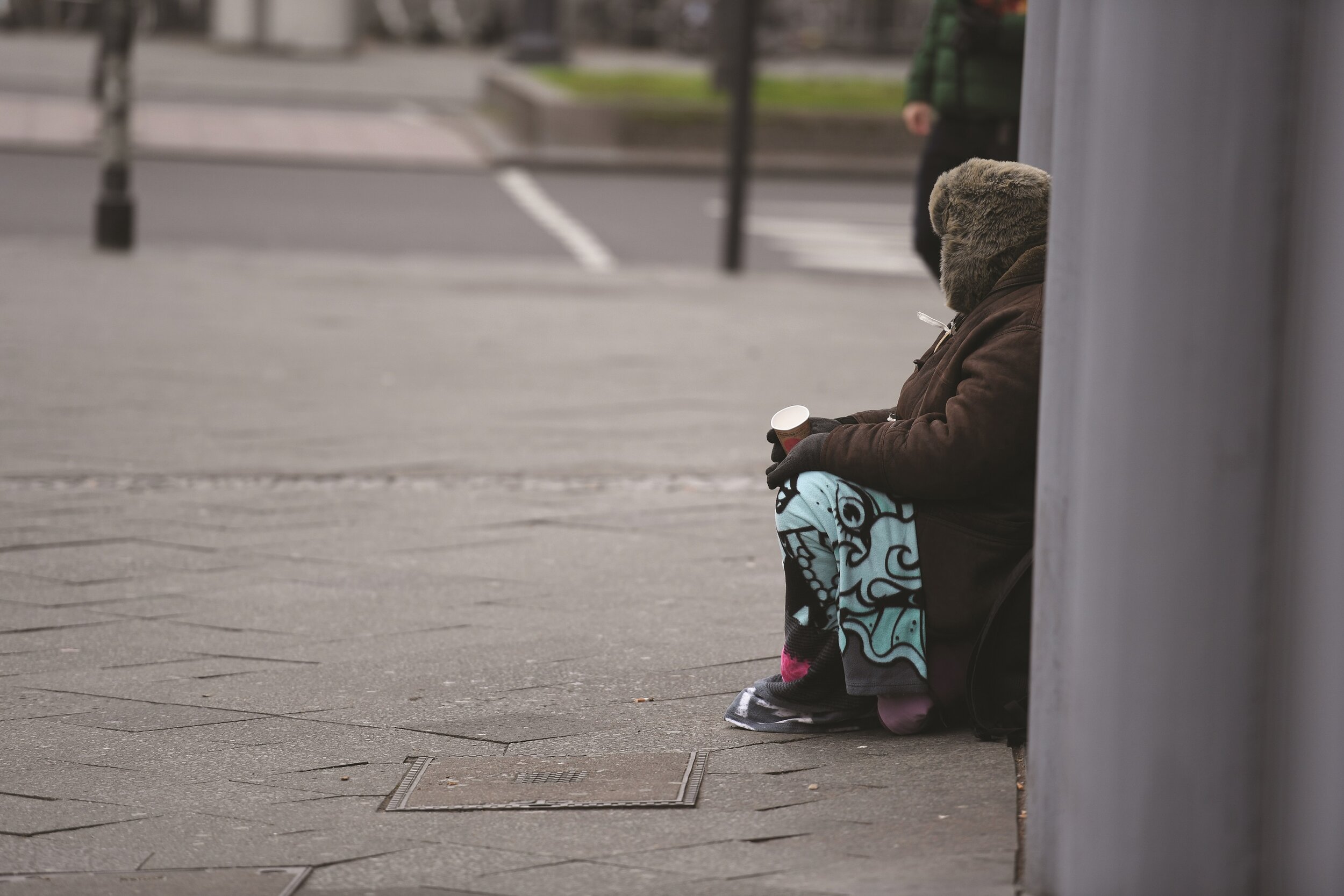Extreme Weather and the Homeless Community
One of the many challenges of being a rough sleeper is finding shelter in unforgiving weather
Australia is known for its extreme weather – we experience everything from searing hot summers to borderline sub-zero winters, especially in places like Melbourne, where it’s not uncommon to experience four seasons in one day.
So, what happens when you don't have shelter from such weather patterns? How do the homeless and rough sleeping community members fare in extreme heat, cold and sometimes torrential rain? Unfortunately, they are often forgotten as cities and towns sweat through the heat or shiver through the cold.
“It is a challenge for the homeless to find a place to seek shelter. Shopping Centres will move you on, local councils don’t’ like you to be visible, PSO’s will constantly wake you…There are very few places to hide where you won’t be disturbed or made to feel unwelcome. This is a common theme shared amongst those who are sleeping rough,” says Mark Donchi, Manager of the Homelessness Program at St Mary’s House of Welcome.
"Often, rough sleepers are living in tents, swags or sleeping bags, so everything is wet when they are sleeping outside, and they are likely to quickly get very sick with pneumonia or exacerbate any existing medical conditions. Hot weather is also just as problematic for the homeless community, as this can lead to dehydration, risk of delirium, exposure to elements and significant sunburn.”
“We are seeing more and more people who are setting up for the night in parklands and along rivers, weather permitting of course. It’s one of the very few places you won’t be disturbed, but you are also made to clear out before the early morning joggers and dog walkers arrive.”
While most people wouldn't even think twice about popping into an air-conditioned cafe or shop to escape the city heat, most homeless people don't have that luxury. Businesspeople and apartment residents often ask homeless people to move on from lobbies or seats or building entrances, further marginalising an already marginalised population.
"There are fewer and fewer spaces for people who are rough sleeping. At shopping centres, you will be moved on by security, local councils are putting measure in place to stop people sleeping around town halls, commercial and residential foyers will often result in the police being called. Councils will regularly clear sites, items are discarded. There’s a protocol for moving homeless people on, but it’s not a practice encouraged at all.
"There's a sense of discrimination there, against people who look different. They're trying to find shelter," Donchi said.
At night you will find most public restrooms locked, another challenge for rough sleepers. We have seen an increase in the number of women who are rough sleeping, young and old.
‘Christine’ describes being homeless, “is like you don’t exist or mater. You have to be on your guard 24/7, you never feel safe, you are always looking over your shoulder. You are in a constant heightened state, all day every day. I don’t remember the last time I felt at ease or relaxed’.
Some of us might pass on a few coins, or even buy a sandwich, for a rough sleeper, but as the hot weather approaches, there are some other things you can do to help a person who is homeless. We recommend offering to buy a bottle of cold water or some sunscreen, while we've also heard of people buying movie tickets for a homeless person so they can sit in dark, air-conditioned comfort for a few hours. For the colder months, giving a homeless person a sleeping bag, a blanket or a warm jacket can be what gets them through the night when the temperatures drop close to zero.
“We are currently unable to keep up with the demand for items such as sleeping bags and sleeping mats, so any donations of those kinds are crucial,” says Donchi.
All in all, having enough suitable shelter for people sleeping rough is crucial during extreme weather events. A lack of affordable long-term accommodation, and of short-term options such as drop-in centres with laundries and showers, is the biggest risk factor for people experiencing homelessness during severe weather. Donating to organisation such as St Mary's House of Welcome allows us to run our laundry and shower facilities, provide both air conditioned and heated spaces for our homeless community members, and feed people breakfast and lunch. We can also provide weather updates when access to weather information and warnings is often hard to come by.

